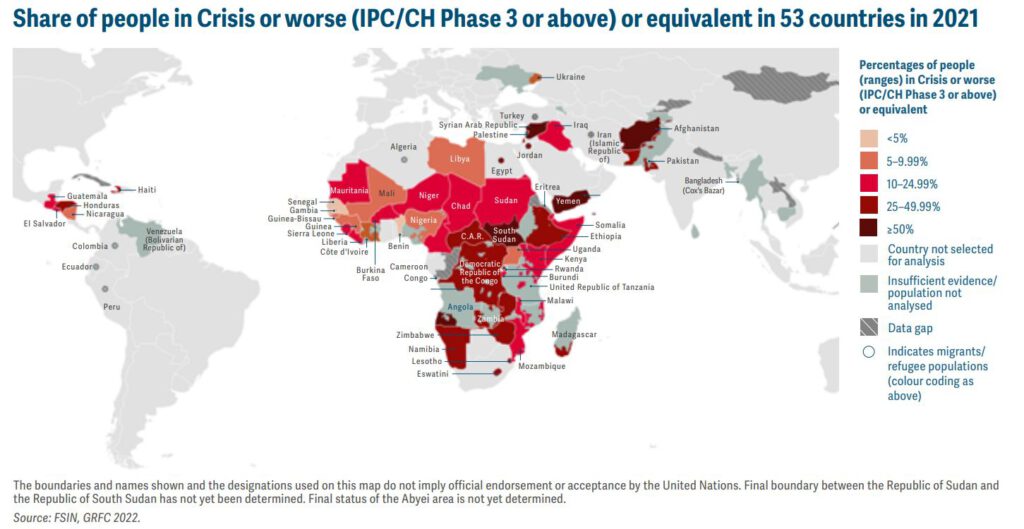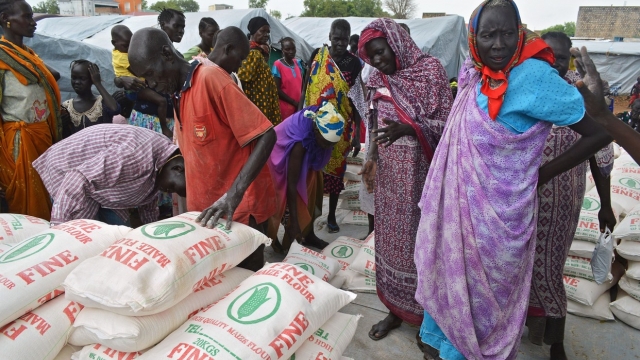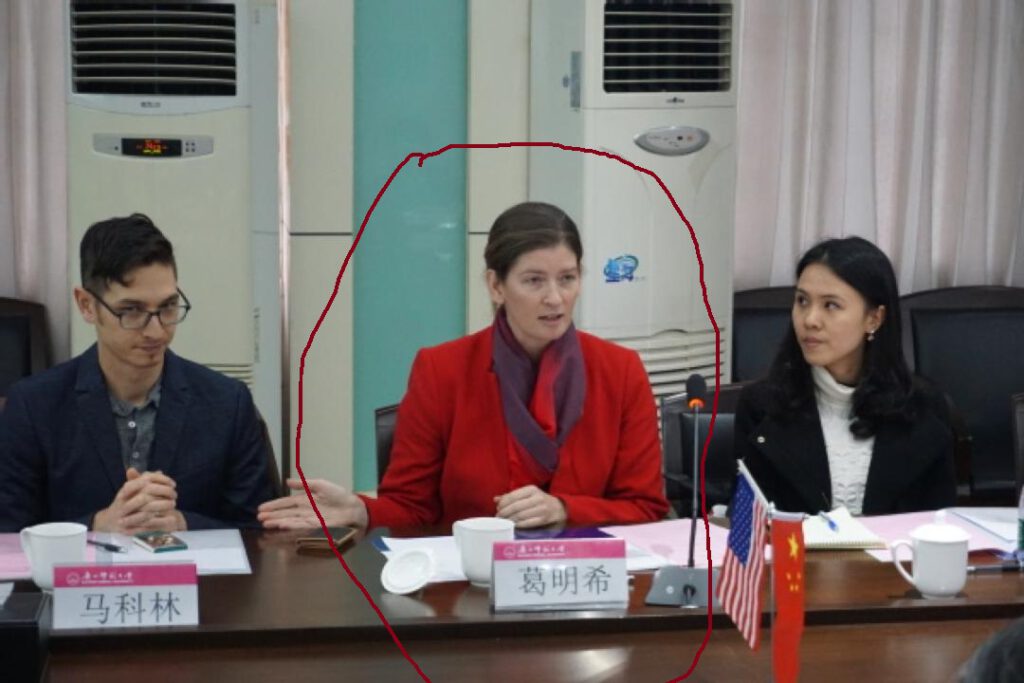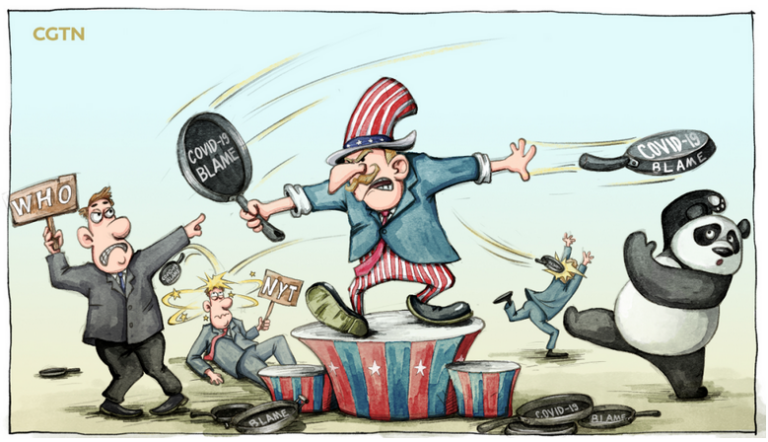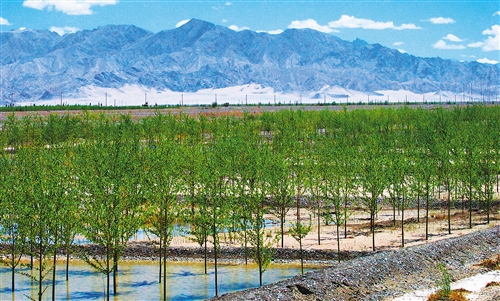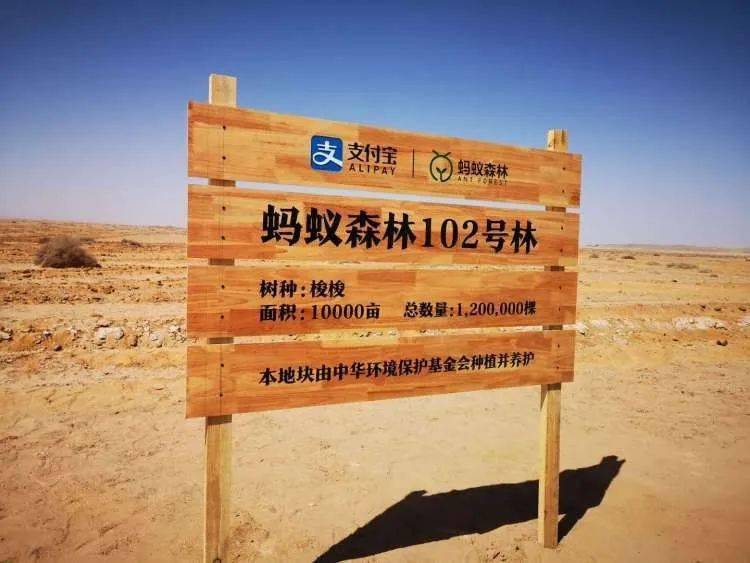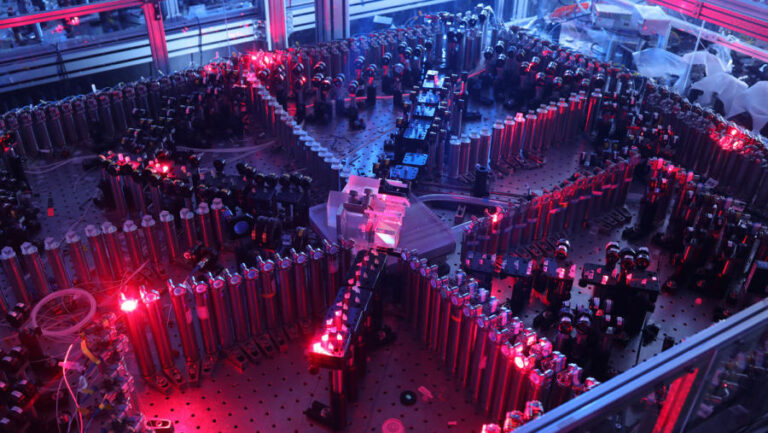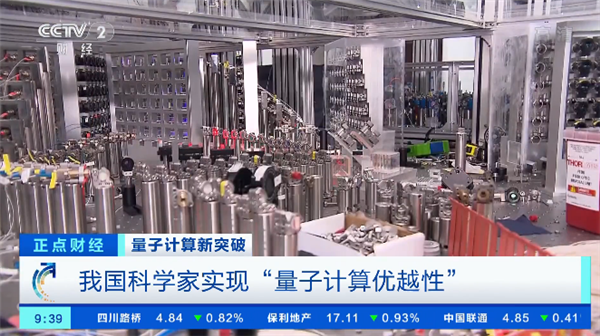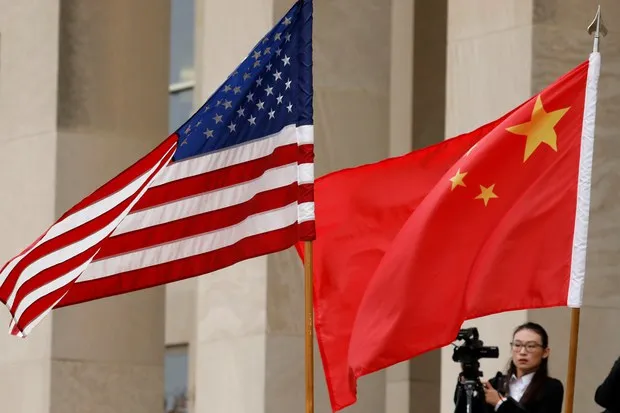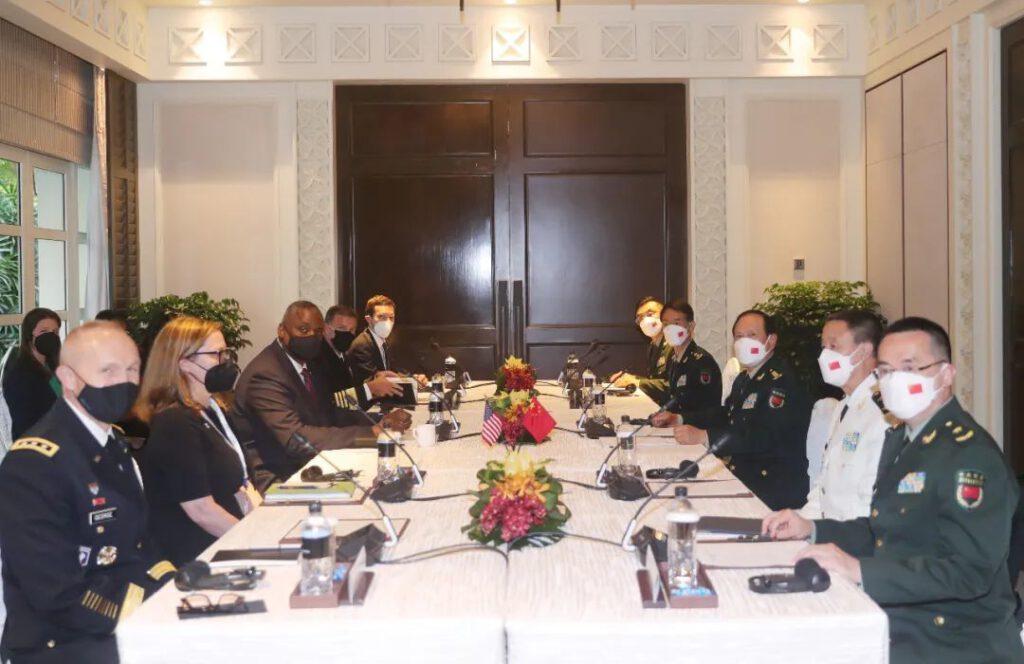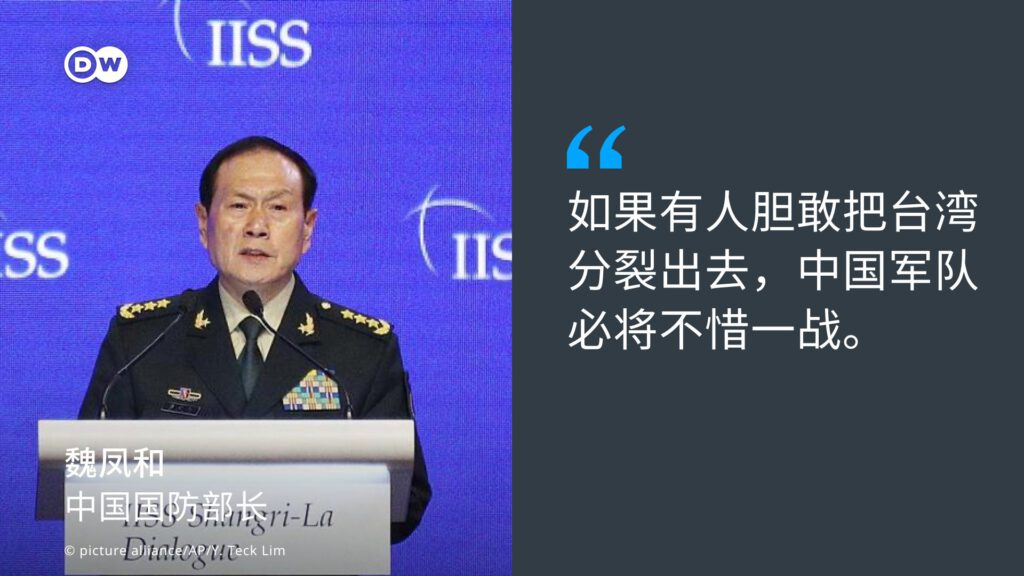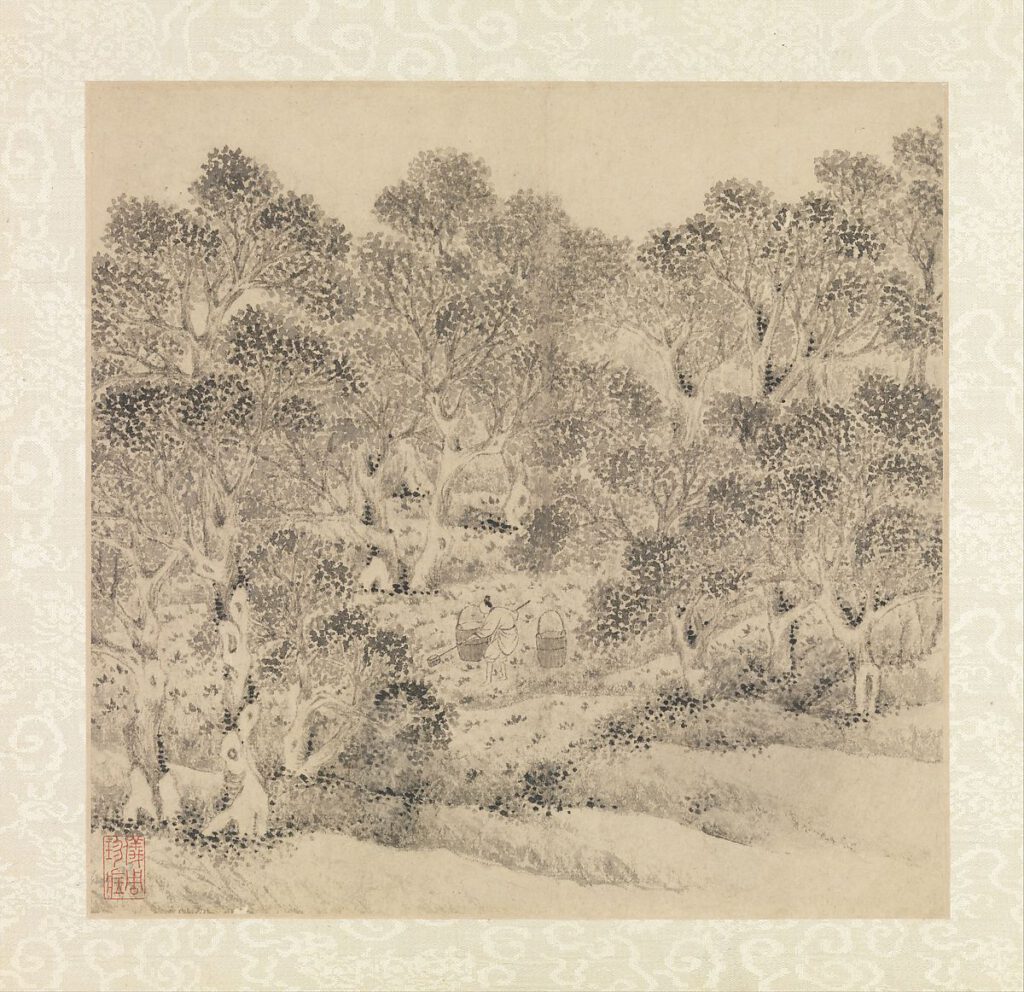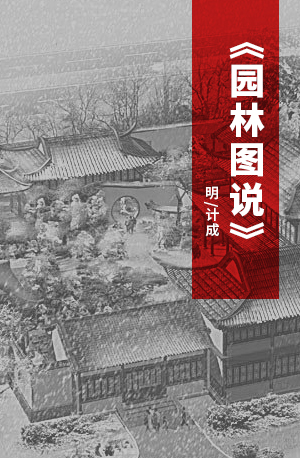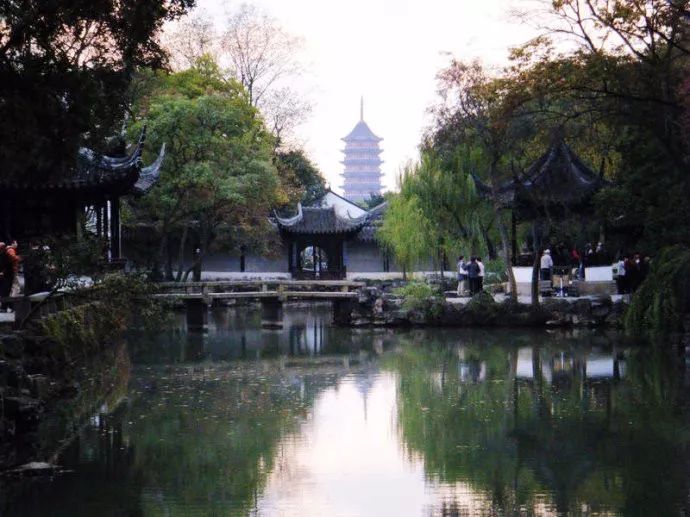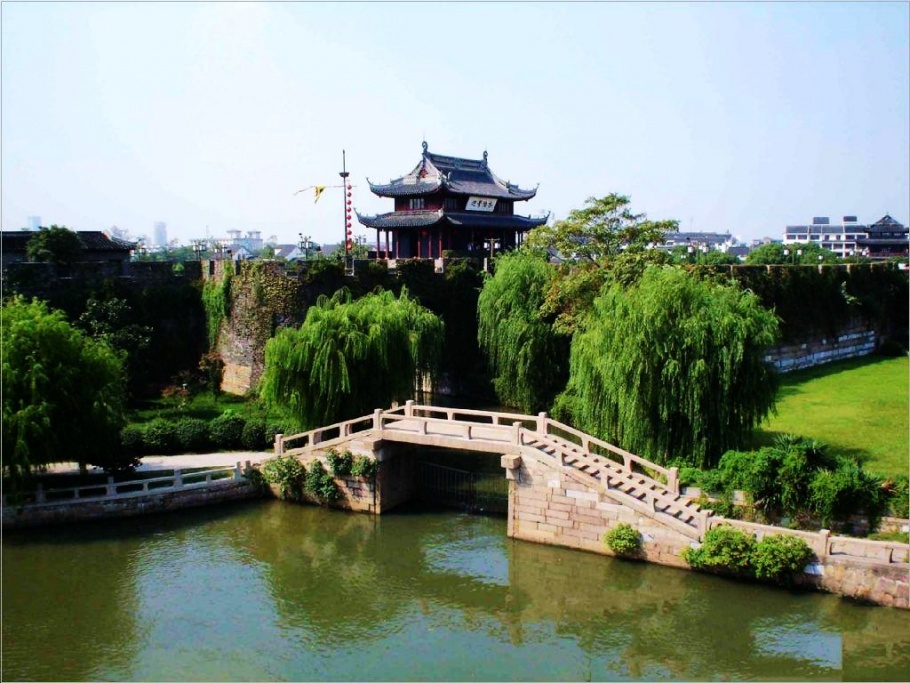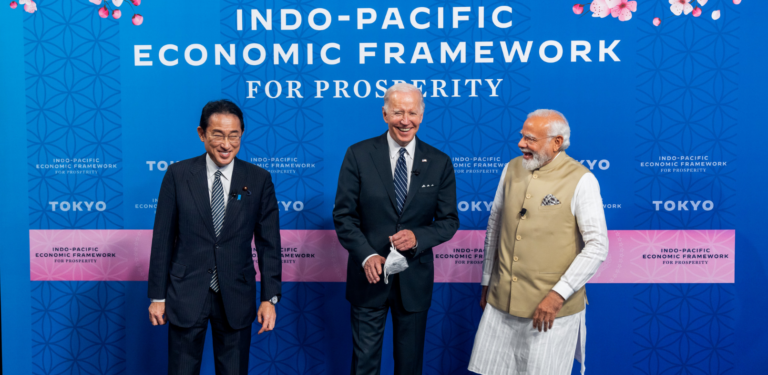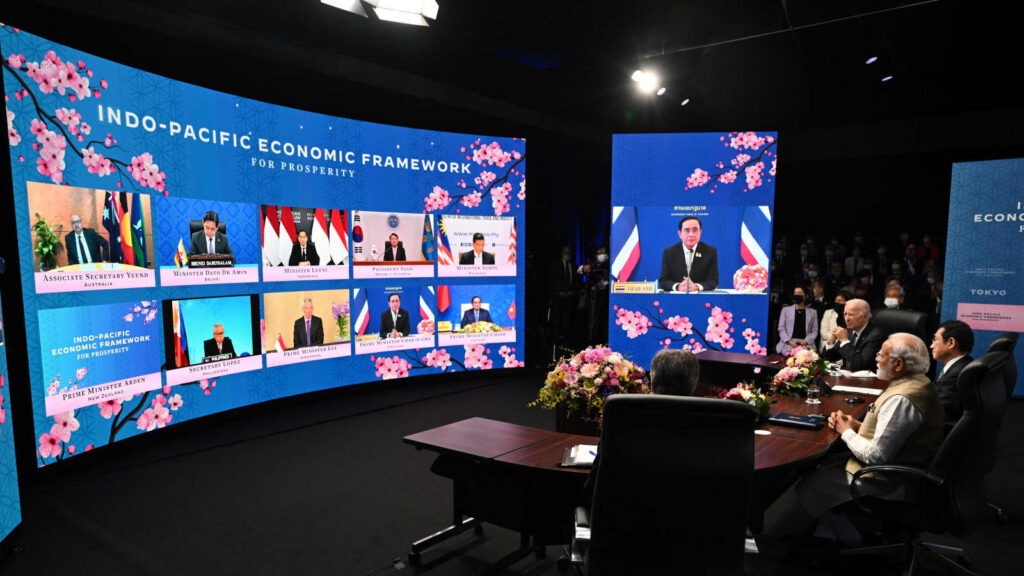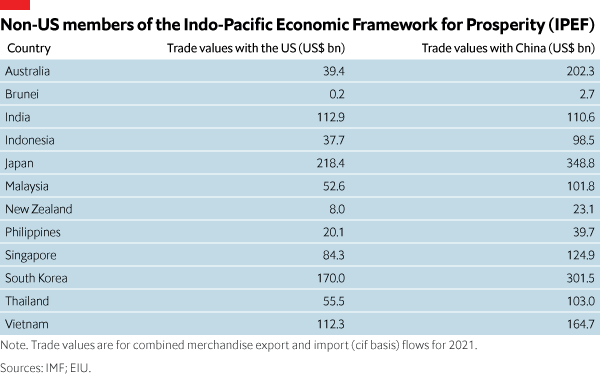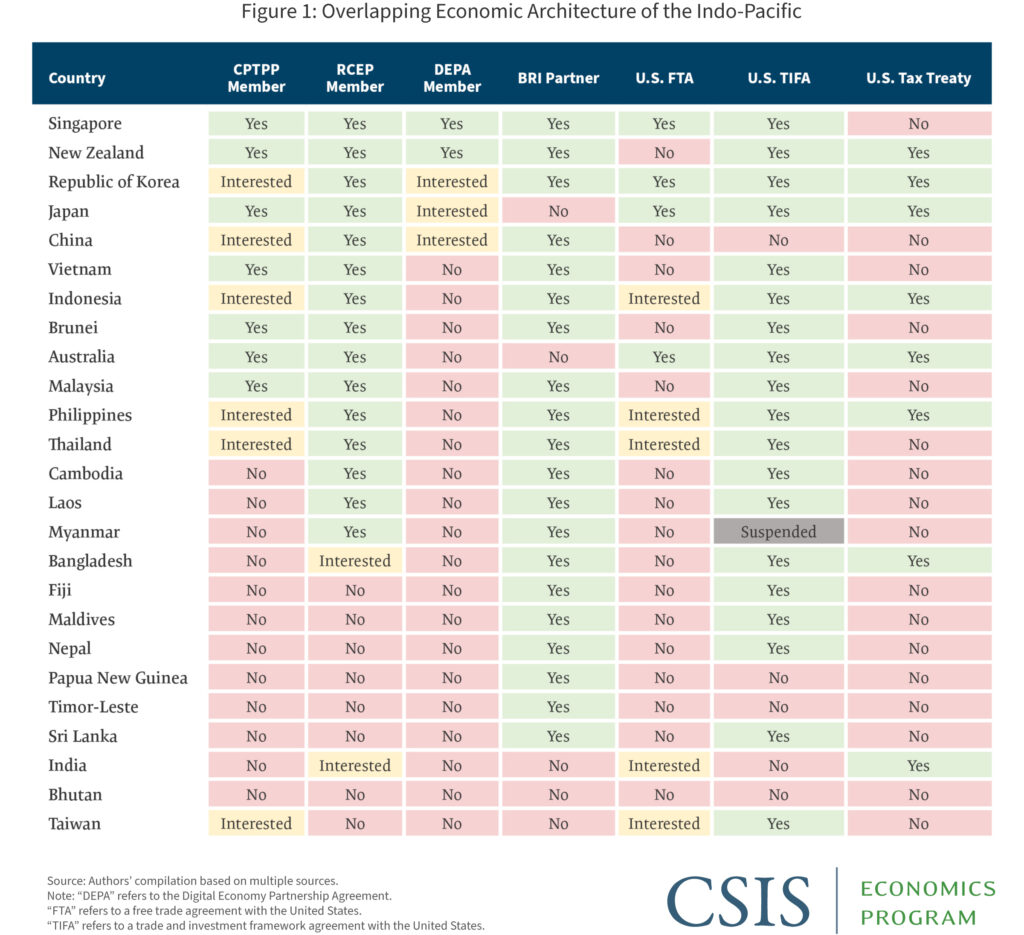Er kam nach Brüssel, um über sein Buch zu sprechen, das ebenso provokant wie unterhaltsam und interessant zu lesen ist: „AI does not exist! „Luc Julia, der vor allem als Mitentwickler der Spracherkennung Siri (heute auf dem iPhone) bekannt ist, nahm sein Publikum mit auf eine historische und wissenschaftliche Reise zum Konzept der künstlichen Intelligenz. Ohne China direkt anzusprechen, ebnete er den Weg dafür, indem er zugab, dass seine Quantencomputer, die schnellsten der Welt, eine neue Zukunft für eine künstliche Intelligenz eröffnen würden, die im Westen noch in den Kinderschuhen steckt.
Aber zunächst einmal: Wer ist Luc Julia? Er ist einer der beiden Schöpfer von Apples Sprachassistentin Siri. Außerdem war er Senior Vice-President und Chief Technical Officer von Samsungs brandneuem Labor für künstliche Intelligenz (SAIL) in Paris. Heute arbeiten der brillante Informatiker und Mathematiker bei Renault an der Entwicklung von KI im Allgemeinen.
Der französische Erfinder sagt sogar, dass er bereits mit neun Jahren einen Roboter gebaut hat, der ihm das Bett machte! Dann führt er uns von seinem Dorf in der Nähe von Toulouse in Frankreich in das mythische Silicon Valley, auf den Spuren dieser berühmten „künstlichen Intelligenz“, von der man so viel Unsinn hört, um begreiflich zu machen, was es damit auf sich hat. Präzises Handeln und Antizipieren dessen, was sie in Zukunft für uns bereithält.
„Denn heute sage ich es laut und deutlich: Künstliche Intelligenz gibt es nicht!“ Das sagt er auf seine witzige, provokante Art.
KI gibt es gar nicht?
Doch, es begann alles mit einem großen Missverständnis. 1956 brachte der Mathematiker John McCarthy auf der Konferenz in Dartmouth seine Kollegen dazu, den Begriff „künstliche Intelligenz“ für eine Disziplin zu verwenden, die mit Intelligenz gar nichts zu tun hat. Alle Fantasien und falschen Vorstellungen, mit denen wir heute gefüttert werden, gehen auf diese unglückliche Bezeichnung zurück.
Uns ist sofort klar, dass es Luc Julia darum geht, die gängigen Vorstellungen und Fantasien zu entlarven, die sich heute um KI ranken. „Haben Sie Angst davor, dass böse Roboter die Macht übernehmen und schließlich die Welt beherrschen?“ Oder: „Sie interessieren sich für künstliche Intelligenz und neue Technologien, würden aber gerne eine andere Geschichte hören?“
Den Schachweltmeister schlagen
Er bleibt hartnäckig. Das, was wir allgemein als KI bezeichnen, gibt es so nicht und wird es mit den derzeitigen Techniken auch nie geben. Was wir als schwache KI bezeichnen, ist die heutige KI, das ist das, was wir mit maschinellem Lernen und Deep Learning machen, und das hat nichts mit Intelligenz zu tun.
Müssen wir jetzt erraten, was er mit Intelligenz meint?
Nehmen wir das Beispiel Kasparow, sagt er, ein russisches Genie, das 1997 von Deep Blue besiegt wurde. Ist dies ein Beweis für die Intelligenz der Maschine? Ganz und gar nicht!
Denn was ist da genau passiert? Wir haben alle Möglichkeiten im Schach modelliert (insgesamt 1053). Für einen Menschen ist das eine ganze Menge. Aber 1997 war es möglich, das mit Deep Blue zu bewerkstelligen. Kasparow mag zwar brillant sein, aber er hat unweigerlich verloren.

Geht es sogar bei dem Spiel Go?
Die Asiaten glauben das nicht… Denn beim Go-Spiel ist es ein bisschen anders: Man kann nicht alle Möglichkeiten modellieren. Einige von ihnen sind jedoch modelliert worden, und statistische Modelle helfen, die Lücken zu füllen.
Aha, nach der Kombinatorik die Statistik.
Es ist nicht so eindeutig wie Schach, aber insgesamt hat man viel mehr Möglichkeiten im Gedächtnis als ein menschlicher Spieler, sagt er.
Dennoch gibt es für Luc Julia keine wirkliche Intelligenz! „Es geht nur um eine Menge Daten und ein bisschen Statistik“, wie er strahlend meint.
Schauen Sie sich einfach die Zahlen an: DeepMind besteht aus 1500 CPUs, etwa 300 GPUs, ein paar TPUs und 440 kWh. Beim Menschen handelt es sich um 20 Wh. Und der Mensch, kann noch viel mehr als nur spielen.
Dies beweist, dass es sich um völlig unterschiedliche Ansätze handelt und dass es lächerlich ist, zu glauben, dass wir der Intelligenz nahekommen. Quod erat demonstrandum?
Visuelle Erkennung
Und wenn wir uns mit dem visuellen Aspekt befassen? Das hält er auch nicht für besser. Systeme, die in der Lage sind, Katzen zu erkennen, wurden mit einer Erfolgsquote von 95 % entwickelt, indem sie mit den Daten von 100.000 Katzenbildern gefüttert wurden. „Ein Kind hingegen braucht nur zwei Bilder einer Katze, um eine Katze sein Leben lang zu erkennen, und das mit einer Erfolgsquote von 100 %.“
So ist es. Und wenn ein fahrerloses Auto in der Ferne einen Passanten mit einem T-Shirt sieht, das wie ein STOP!-Schild aussieht, hält es einfach an.
Kombinationen aus von Menschen gelieferten Daten erstellen; wenn keine Daten vorhanden sind, Statistiken erstellen; dummerweise ein Bild oder einen Ton aus von Menschen gelieferten Daten erkennen: Ist das alles Denken?
Den Chinesen ist das klar (ich spreche hier in meinem Namen): Sie nennen KI „ren gong zhi neng“, was so viel bedeutet wie „Intelligenz durch menschliche Arbeit“.
Medizin, Smart Home, aber…
Aber hey, es gibt Bereiche, in denen die KI-Fortschritte gemacht hat? Ja, gibt Luc Julia zu. Immer noch eine Vision, aber hier auf die Medizin angewandt. Heute, mit einigen zehn Millionen Bildern von Brustkrebs, sagt er, können wir mit einer Erfolgsquote von 99,9 % eine sehr frühe Diagnose stellen. Ein Radiologe, der im Laufe seiner Karriere einige tausend Röntgenbilder der Brust sieht, kann in einem so frühen Stadium nicht mit einer solchen Erfolgsquote diagnostizieren. Ein weiterer Bereich, in dem es große Fortschritte gibt, ist die Spracherkennung. Sagt der Miterfinder von Siri! Und er gibt auch zu: „Zu Hause in Kalifornien ist mein ganzes Haus durch die Hausautomation programmiert. Meine Tochter lebt in einem absoluten Smart Home. Wenn sie zu Freunden geht und es sich um ein konventionelles Haus handelt, verhält sie sich überheblich wie ein Snob. Das hat sie mir zu verdanken.“ Er lacht dazu.
Doch trotz dieser Fortschritte gibt es immer noch große Probleme. Überspringen wir natürlich die Bugs… Aber noch ärgerlicher ist, dass die Technologie damit wieder zum Menschlichen zurückkehrt, zum allzu Menschlichen: verzerrte Datensätze. Die Wissenschaftler oder Programmierer, die die berühmten Big Data auswählen, tun dies nach ihren Gesichtspunkten – kulturell, politisch, geschlechtsspezifisch usw. Das kann einen „Chatbot“ schnell in einen Rassisten oder Frauenfeind verwandeln.
Die ökologischen Kosten
Luc Julia bittet dann das Publikum des Talks am Silversquare „Central“, KI nicht einfach so zu machen. Das hält er für dumm und für Energieverschwendung. Denken Sie daran, dass ein Mensch denkt: 20 Wh. Eine Maschine: 440 Kilo Wh!
„Die ökologische Gefahr ist real.“ Deshalb bedarf es der Regulierung, wie bei den politischen Fragen im Zusammenhang mit dem Chatbot.
Die Zukunft der KI?
Abgesehen von diesen „intelligenten Assistenzobjekten“, die letztlich nicht so „intelligent“ sind wie Menschen, aber praktischer, wie kann sich KI weiterentwickeln? Die derzeitigen Systeme funktionieren dank zweier Dinge: einem mathematischen Modell oder einem logischen Modell. Die Dinge werden ernst, wenn wir die gefürchteten Quantencomputer effektiv nutzen können… „Es geht nicht mehr um Mathematik, sondern um… physikalische Prozesse.“ Ohne China direkt anzusprechen, ebnete er ihm den Weg, indem er zugab, dass seine Quantencomputer, die schnellsten der Welt, einer KI eine neue Zukunft eröffnen würden. Im Westen steckt das noch in den Kinderschuhen.
2016 hat Googles AphaGo Berichten zufolge chinesische Militärstrategen beeindruckt, indem es den Go-Weltmeister in sieben von elf Spielen besiegt hat. Eine kolossale Leistung, denn die Spielkombinationen sind nahezu „endlos“. Aber wird sich Asien in Zukunft rächen?
Vielleicht, würde Luc Julia sagen, aber er schloss mit der Herausforderung der Herausforderungen: „Wenn wir eine echte KI schaffen wollen, müssen wir die Prozesse des menschlichen Gehirns kopieren. Allerdings verstehen die besten Wissenschaftler nur 20 % der Funktionsweise des Gehirns.“
Was für spannende Herausforderungen für die Zukunft.







